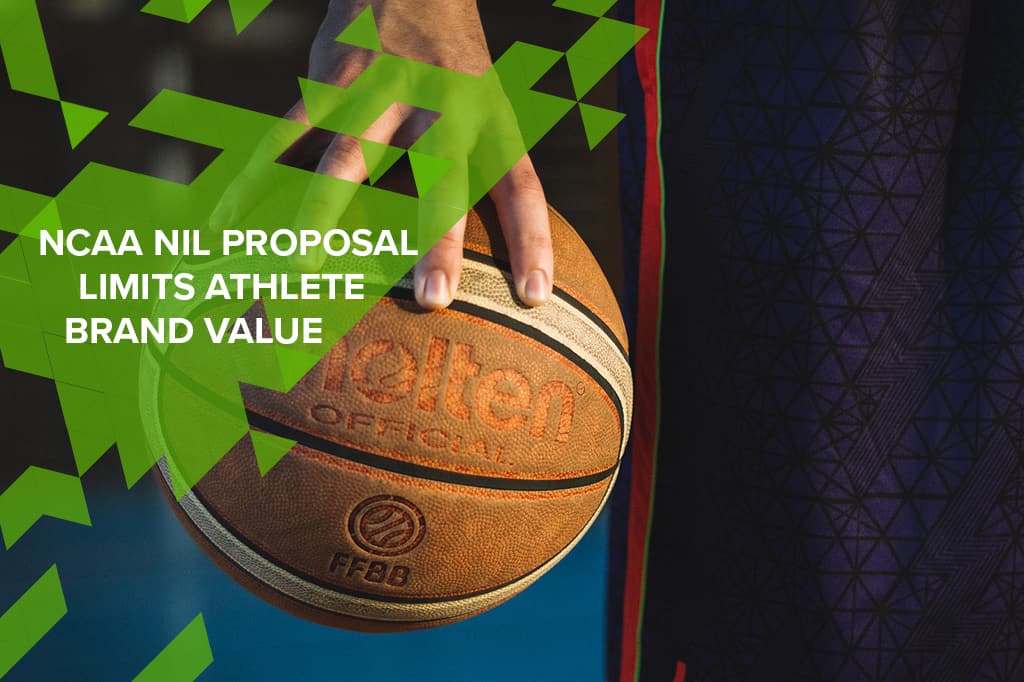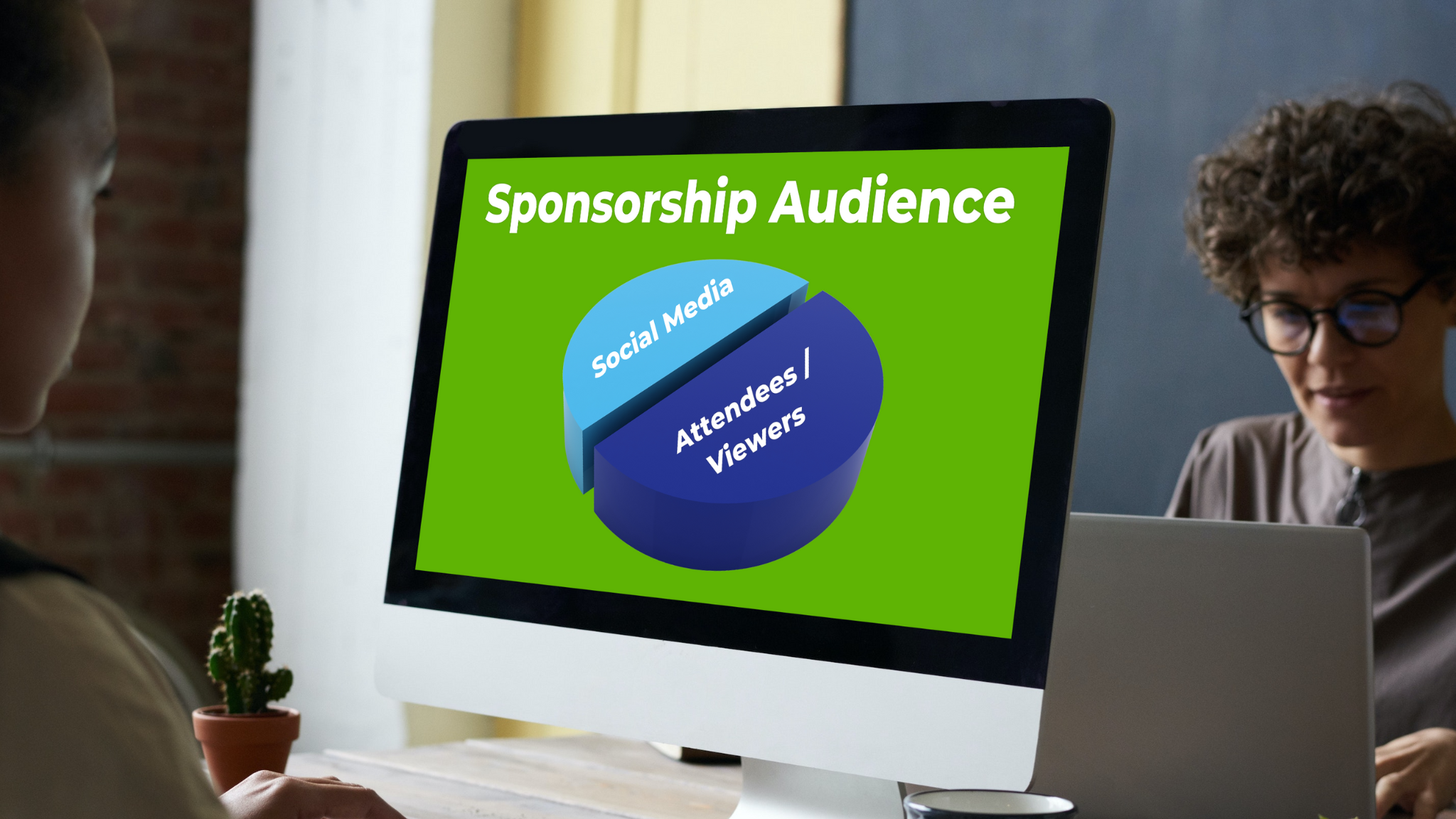
By Ken Ungar
The recent NCAA rules on athlete name, image and likeness (NIL) made news because it provided a noteworthy new grant of commercial rights to college athletes.
However, when examining what commercial rights were granted, the new NCAA NIL rules actually provide very little to most athletes and sponsors.
New NIL rules prohibit athletes from using their college’s name and logo for endorsement purposes. This limitation minimizes athlete brand power because it ignores the fundamental value of brands. Brands have value to the extent they are associated with something of value. In college sports, that value is college affiliation.
I generally buy tickets to watch Indiana University sports because I went to college there. My team loyalty stems from my association with that university. If other college teams wore Indiana’s cream and crimson colors, those teams would have no value to me. Association with the Indiana University brand matters.
WE WANT TO HEAR FROM YOU!
Click the link below and tell us what sponsorship topics you would like to see our experts write about.
Similarly, if NCAA Division I schools could not use their college’s name, logo or team colors, the NCAA would simply be a collection of 130 unknown youth sports organizations, and not the billion-dollar industry that college sports is today. Alumni and fans care about the schools they cheer for.
The same theory applies to athlete brands in college sports. College athletes have relevance to their college’s fans. They have far less relevance disassociated from their college. Let’s look at one example of how NIL rules will diminish athlete value.
Proponents of the new NIL rules argue that the NCAA now puts its athletes on the same footing as their college peers who derive income from social media influencer arrangements.
These non-sports social media influencers spend countless hours building followership with engaging content. Today, if you look at an NCAA athlete’s social media account, you’ll find the following engaging content:
- A photo of the athlete in their team jersey;
- A link to the college athletic department social media account;
- A video of the last great play from a recent game; and
- Stories from moments before, during or after a game.
This content is valuable to sponsors because fans associate the athlete with their college team. Now, imagine the athlete is prohibited from using any of the college’s intellectual property. All of a sudden, the athlete has no context, no team and no sport. Only a few dozen athletes with extremely high name recognition can overcome this new prohibition. I know of few sponsors, if any, who would retain the generic college athlete to serve as their social media influencer.
However, athletes will not be the only group whose brand value is minimized by NIL rules. Schools will be forgoing valuable opportunities to partner with its students to increase brand value together. This type of profitable collaboration between athletes and properties is common in professional sports. If the NCAA or new state laws were to recognize the value of enabling schools and college athletes to collaborate in commercial ventures, there would be brand value for schools, athletes and sponsors. Instead of 2 plus 2 equaling 5 through brand collaboration, current NIL limitations mean 2 plus 2 equals 3.
Check out our previous Blog Posts to learn more on topics surrounding sponsorship. Contact Us for specific content questions.



